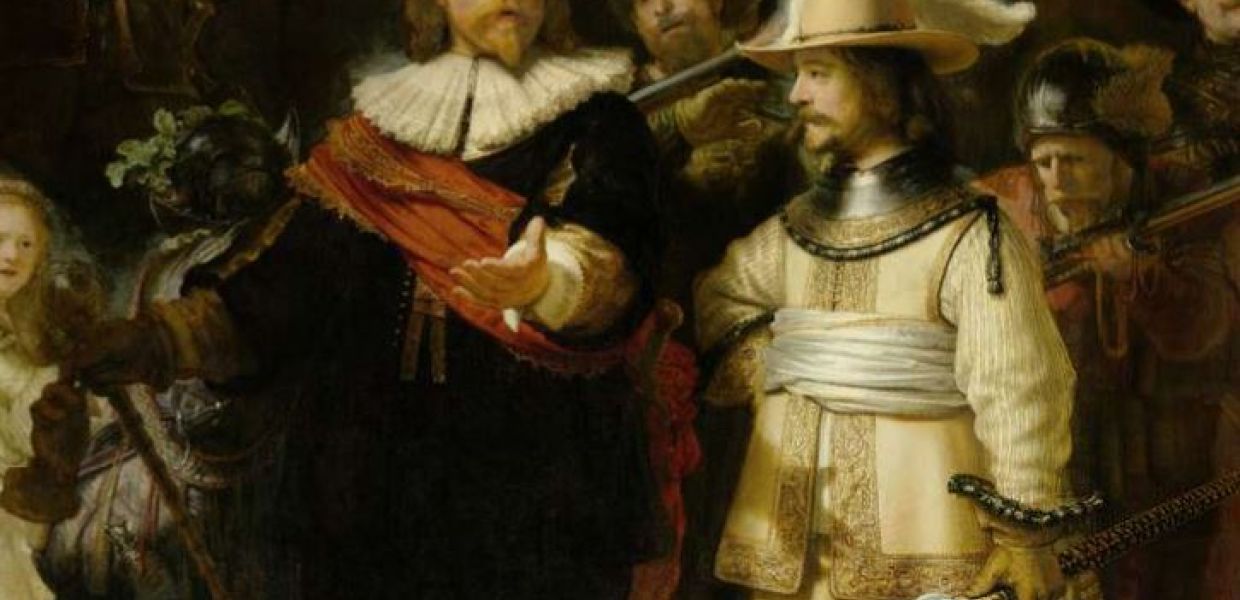Rembrandt vs Leonardo - some brief feedback from Research Data Alliance workshop

Europeana Research spoke at the Research Data Alliance workshop on infrastructures for linguistics this week. A key, if obvious, conclusion was how useful open data is for research.
Based on some early position papers from earlier events in Paris and Rome, a key theme of the workshop was openness of data; Europeana spoke on its work on open data and how they could help researchers exploit cultural heritage data better.
One of the key talking points was how cultural heritage institutions are moving at different paces in terms of openness.
A good example of this was metadata records for Rembrandt's painting The Night Watch, with the record for the Leonardo da Vinci's Mona Lisa. Because the two museums and related aggregators have different policies for how open their data is, the quality of record on Europeana is very different.
For the researchers in the audience, this made a big difference. The Night Watch was more likely to be found, provided greater scholarly context and trust, and was openly licenced to allow for reuse in teaching and research.
A quick visual glance at the two make is easy to understand the difference, in terms of numbers of fields, quality of description and the licencing of the actual content.
The full presentation is here. Thanks to Dieter van Uytvanck from CLARIN for organising the workshop
